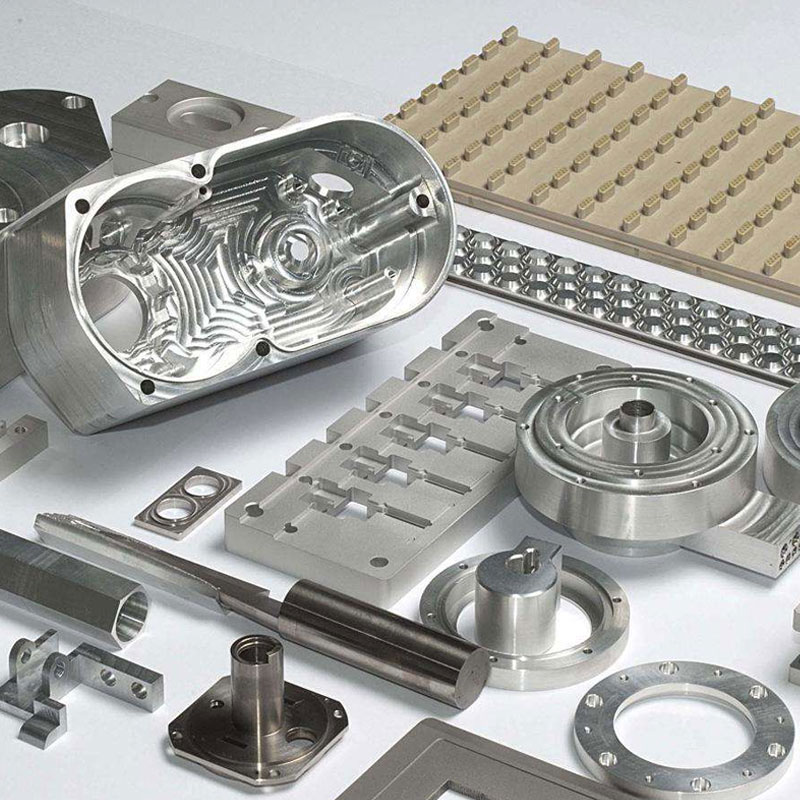Lost wax casting is now called investment precision casting. It is a casting process with little or no cutting. It is widely used. It is suitable for casting of various types and alloys. The dimensional accuracy and surface quality of the castings produced are better than other castings. The method should be high, and castings that are complex, high temperature resistant, and difficult to process can all be cast with precision investment.
In recent years, titanium casting technology has mainly developed cold crucible + ion casting technology, vacuum suction casting technology and vacuum die casting technology. Typical processes of titanium alloy investment precision casting include graphite fusion model shell, metal tungsten surface ceramic shell, and oxide ceramic shell. The production cost of titanium alloy materials is high, and machining, forging, and welding are relatively difficult. The use of precision casting technology can increase the utilization rate of titanium alloy materials and reduce production costs. Generally, the mechanical properties of metal castings are lower than those of forgings, but the performance of titanium precision castings is generally similar to that of titanium forgings. Precision casting has become the best choice to reduce costs and optimize performance. The application of the shell furnace and the development of investment precision casting and metal molding and ceramic molding techniques have shown a certain space for many large and complex thin-walled titanium castings to shorten production time and reduce costs. At present, most of the large-scale integral precision castings of high-performance titanium alloys are cast with metal-faced ceramic shells or oxide-faced ceramic shells. Large-scale thin-wall precision casting technology makes the performance of titanium castings close to titanium forgings, and the cost is about 50% lower than that of titanium forgings.

What’s your reaction?
Love0
Sad0
Happy0
Sleepy0
Angry0
Dead0
Wink0









